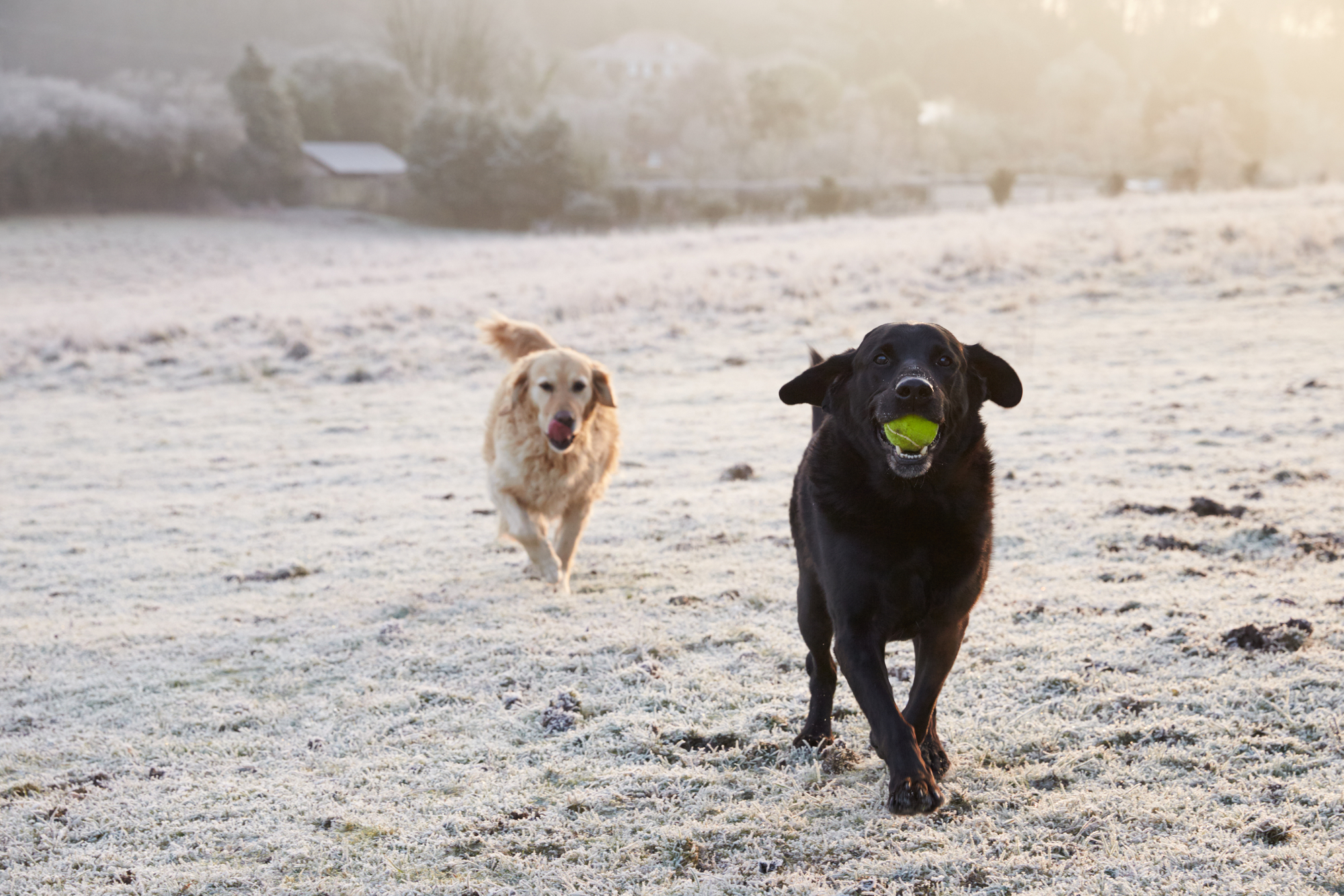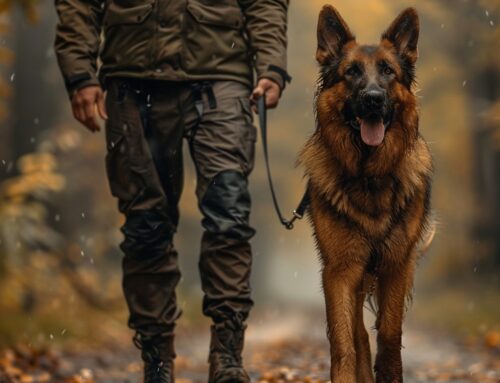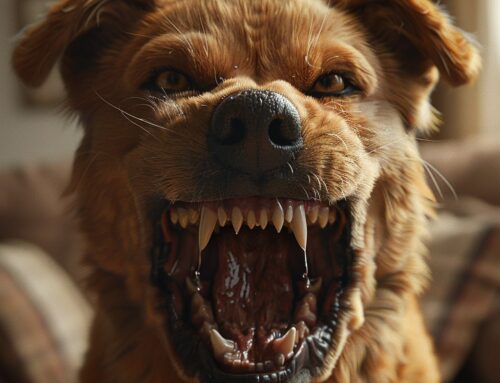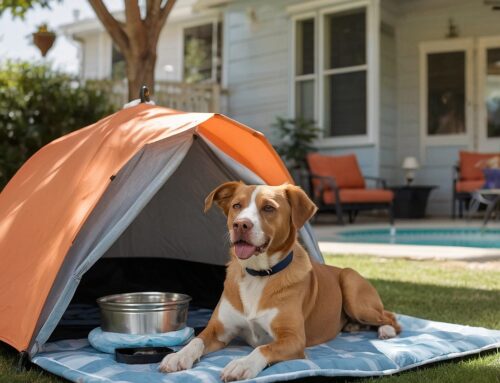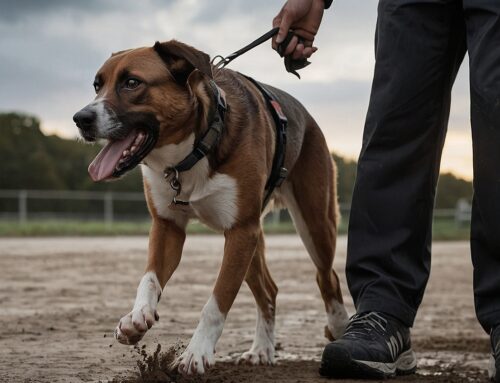Just like people, dogs need their exercise time, too. But determining how much exercise depends on a dog’s age, drive, and overall health and wellness. Exercise is also a great way to prevent excessive weight gain or help trim off the pounds. While this article covers specific points, it’s always important to check with your veterinarian before diving into a more comprehensive exercise experience with your dog.
Match The Dog You Choose With Activity Levels
If you and your family are active, choosing a dog that has sporty energy levels is a great idea. Here is a list of some larger dog breeds that fall into that category:
- Golden Retrievers
- Great Danes
- Labrador Retrievers
- German Shepherds
- Australian Shepherds
- Border Collies
- Dobermans
Smaller breeds with energetic levels include some of the following:
- Border Terrier
- Jack Russell Terrier
- Miniature Pinscher
- Rat Terrier
- Miniature Schnauzer
- Carin Terrier
Be it small or large dogs and anything in between, whichever dog you decide to bring home, it’s vital that those obedience skills are in check for a more harmonious time both inside and outside the home. This means obedience skills under distraction.
That being said, even teaching your dog the following obedience skills are great ways to incorporate exercise time, which can include:
- Recall
- Down stay with recall
- Focus heeling
If pet parents are having a challenge with the above skills with their dog, it’s always a great idea to reach out to a dog trainer that can help make teaching those skills easier. Different ideas for training help include a board and train program, private lessons or group lessons.
Puppy Activity Levels
Once your puppy has had their complete series of shots, venturing outside for walks and more is something to look forward to so that the bonding experience can increase even more.
While it’s always essential to lean onto your veterinarian for advice, for dogs that are five months old and have had their shot series, you don’t want to exceed more than 25 minutes for a walk up to times a day. Again, all breeds are different, so it’s important to communicate with your veterinarian.
The reason for these timeframes is all about your dog’s growth plates. Too much exercise can affect the cartilage at the end of your dog’s bones in the legs.
How Much Exercise Is Good For A Senior Dog Need?
A senior dog needs exercise, too. Movement helps your dog’s mobility and muscle strength at every age, including senior years. That being said, pet parents need to consider the right level of exercise for their senior dog. What was once a run with your younger dog may now be a relaxing stroll around the block.
Again, speaking with your veterinarian regarding the right exercise levels and different ways to adapt exercise to your senior dog’s daily routine is essential.
Dog Exercise Tips
Before venturing outside for exercise with your dog, it’s always essential to check on the weather. On warm days, go out for exercise in the morning or the early evenings. Be sure the ground and asphalt are comfortable to the touch to avoid any discomfort/pain to your dog’s paws.
Aside from walks, consider these other activities with your best friend:
Hiking and the trails: There are many hiking trails out there that allow dogs on leashes.
Fetch: If your dog likes to play ball, fetch is a great exercise choice — if your dog likes to play “keep away” with the ball, consider two-ball fetch as a solution.
Disc Throwing: If your dog has springs, try disc throwing and see if they have the knack for the airborne catch.
Swimming: Just like humans, swimming is excellent for dogs and easy on the joints — never leave your dog unattended, and consider a life vest for swimming time.
Dog Beach: If your dog is friendly with other dogs and humans and not intact, locate a dog beach where your pup can have some sand and surf fun.
Dog Sports
If you and your dog are up to some fun competition and inclined to try your hand at a dog sport, there are so many to do out there in the world of dogs! Some of these sports include:
- Nose work
- Tracking
- Agility
- Fly ball
- Lure Coursing
- Dock Diving
- Schutzhund (now called IGP)
There are many different opportunities and ways to introduce exercise to you and your dog. Not only are you and your dog burning calories and getting healthier, but you may have the chance to make new friends if you join a dog sport!


